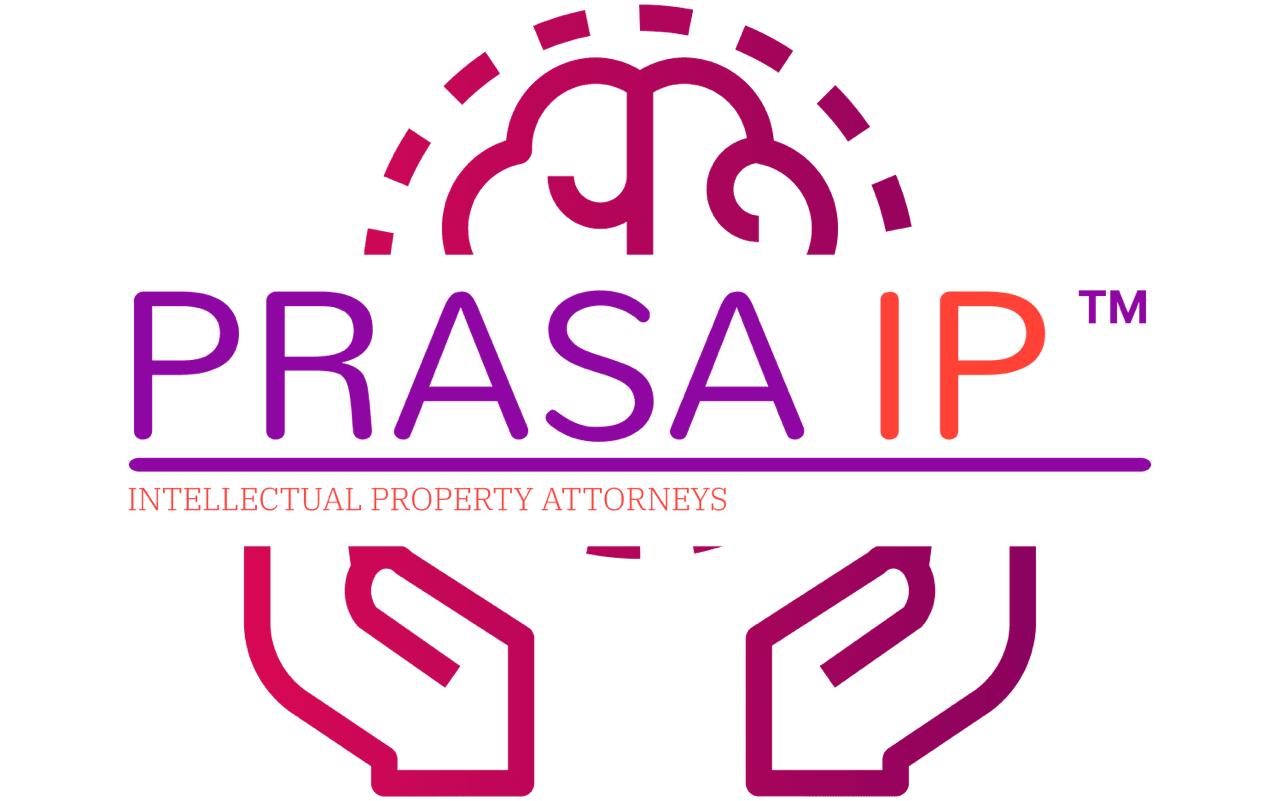
In today’s fast-paced world, intellectual property is one of the most valuable assets a company or individual can own. Whether you’re an inventor, artist, or entrepreneur, understanding what are intellectual property rights and how they work is crucial for protecting your creations. Intellectual property rights (IPRs) allow creators to control their work and ideas, ensuring they can profit from them and protect them from infringement. This blog will delve into the significance of IPRs, the various types, and why legal protection is essential for fostering creativity and innovation.
Intellectual Property (IP) encompasses creations of the mind, such as inventions, literary and artistic works, designs, symbols, names, and images used in commerce. These intangible assets are valuable resources for businesses and individuals alike. The protection of intellectual property through legal mechanisms ensures that creators can maintain control over their work, preventing unauthorized use and ensuring economic rewards.
Intellectual Property Rights (IPRs) refer to the legal protections granted to the creators and inventors of intellectual property. These rights give the creators exclusive control over the use, reproduction, and distribution of their innovations for a specific period. By safeguarding these creations, IPRs foster innovation and creativity, promoting economic development.
Legal protection of intellectual property is essential because it prevents the unauthorized use, duplication, or commercialization of an individual’s or a company’s intellectual creations. It ensures that creators can benefit from their work and encourages investment in research and development. Without proper protection, innovations could be copied, leading to a loss of competitive advantage and financial losses for the creator.
There are various categories of intellectual property rights, each protecting different types of intellectual assets. Here’s a breakdown of the key IPRs:
Copyright protects original works of authorship, including literary works, music, films, computer software, and art. It grants creators the exclusive right to reproduce, distribute, and perform their work.
A patent protects inventions that are new, inventive, and useful. It grants the inventor exclusive rights to their invention, preventing others from manufacturing, using, or selling it without permission.
Law in India: The Patents Act, 1970
Patent Infringement: Legal recourse is available in case of unauthorized use of a patented invention.
Patent Registration Procedure: Applications are filed through the Indian Patent Office.
Benefits: Patents allow inventors to capitalize on their innovations by offering exclusivity and commercialization opportunities.
Trademarks are symbols, logos, names, or phrases that identify products or services, distinguishing them from others in the marketplace. Service marks work similarly, identifying services rather than products.
Industrial designs protect the aesthetic aspects of products, including their shape, pattern, and decoration. These designs must be new and original.
Geographical Indications (GI) identify goods with specific qualities or a reputation that is linked to their geographical origin. For example, Darjeeling Tea or Kashmiri Pashmina are protected under GI.
Trade secrets refer to confidential business information that gives a competitive edge. This includes formulas, practices, processes, or any proprietary business information.
This protection is for new plant varieties and recognizes the contribution of farmers to agriculture.
IPRs include copyrights, patents, trademarks, industrial designs, geographical indications, trade secrets, and plant varieties. Each plays a unique role in protecting intellectual assets, ensuring that creators can control and profit from their innovations.
Several international treaties and conventions promote global protection of intellectual property rights:
India has established comprehensive legal frameworks to protect various forms of intellectual property:
| IPR Type | Governing Law |
| Copyright | The Copyright Act, 1957 |
| Patents | The Patents Act, 1970 |
| Trademarks | The Trademarks Act, 1999 |
| Industrial Designs | The Designs Act, 2000 |
| Geographical Indications | The Geographical Indications Act, 1999 |
| Plant Varieties | The Protection of Plant Varieties Act, 2001 |
| Biodiversity | The Biological Diversity Act, 2002 |
| Layout Designs | The Semiconductor Integrated Circuits Act, 2000 |
Intellectual property rights (IPRs) are legal protections granted to creators for their inventions or creations. These rights ensure that creators can control the use and commercialization of their work, thus encouraging innovation.
Protection of intellectual property is crucial because it ensures that creators and inventors can benefit from their work without the risk of unauthorized use. It encourages further innovation and fosters economic growth.
Yes, software can be patented under IPRs, provided it meets the patentability criteria of novelty, inventive step, and industrial applicability. Software patents are especially common in the tech industry.
Trade secrets are protected through confidentiality agreements, non-disclosure agreements (NDAs), and secure information systems to ensure that sensitive business information remains confidential.
Registering a trademark provides legal protection against unauthorized use, helps distinguish your brand, and adds commercial value. It’s an essential step in building a brand identity and ensuring market recognition.

At PRASA IP, we are dedicated to helping you protect your creative designs with precision and expertise